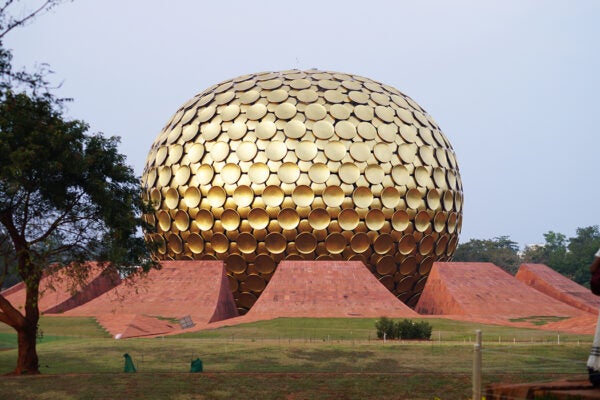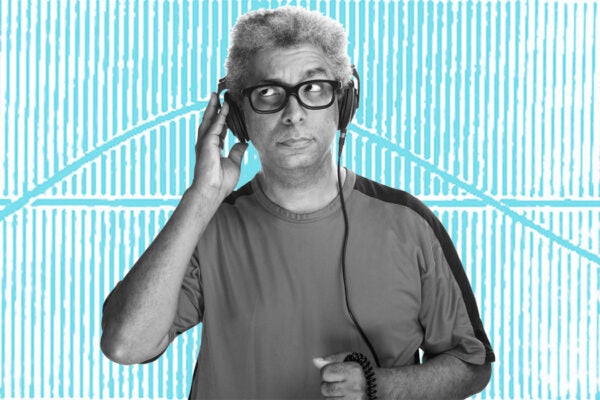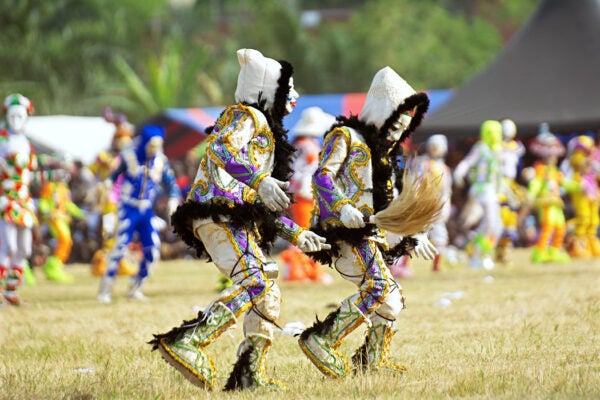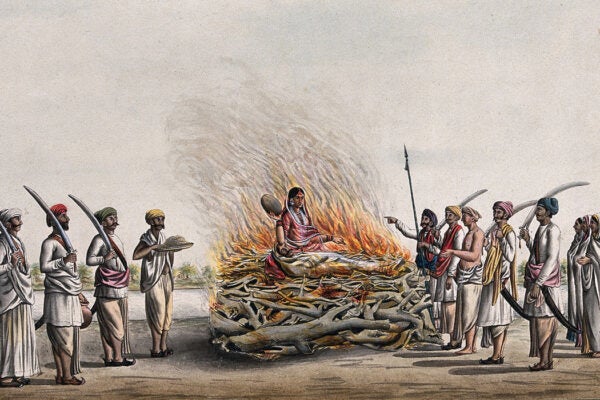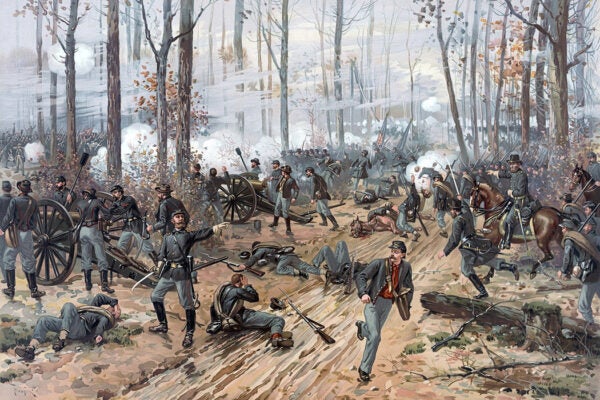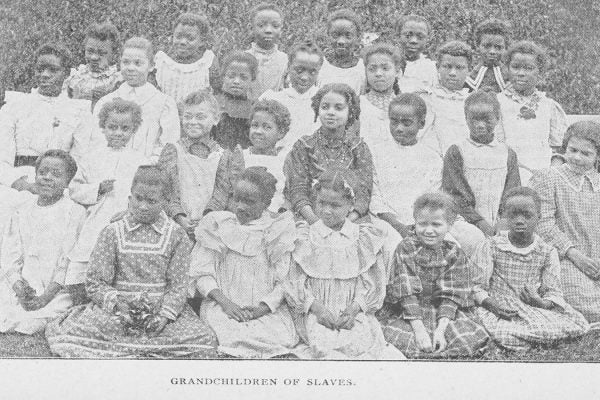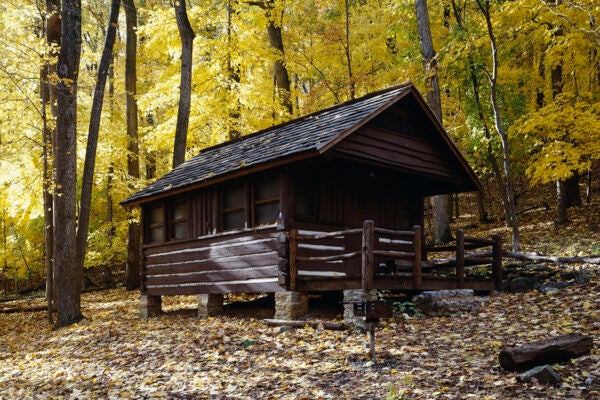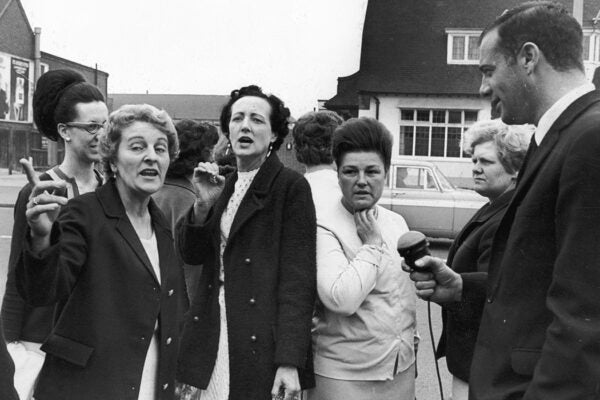A Utopia—for Some—in India
In 1968, an international group led by an Indian freedom fighter and a French spiritualist formed a utopian—and problematic—community called Auroville.
In the Mood for “Fake” Music?
In 2017, it was reported that Spotify was promoting fake artists on its platform. But this type of approach to “content creation” wasn’t new.
Islands in the Cash Stream
Tiny island states, usually former British colonies, have been re-colonized by global finance and now depend on “archipelago capitalism” for survival.
Performing as “Red Indians” in Ghana
In Ghana, asafo and Fancy Dress traditions draw on a stereotypical but much-admired figure inspired by the nations of the North American Great Plains.
Women in the Vijayanagar Empire
According to legend, a woman played a central role in the founding of the Vijayanagar empire. But what was it really like to be a woman in India’s medieval era?
Growing Quickly Helped the Earliest Dinosaurs
Rapid growth also helped other ancient reptiles flourish in the aftermath of mass extinction.
The Psychological Problems of Modern Warfare
As military technology improved in the nineteenth century, military strategists put heavy emphasis on “moral factors” in preparing troops for battle.
Reading for Juneteenth
The JSTOR Daily editors have rounded up a collection of stories that discuss the origins, meaning, and legacy of Juneteenth.
The Huts of the Appalachian Trail
Scattered along the Appalachian Trail, “primitive huts” built in various styles offer shelter, social space, and evidence of the trail's long history.
Ford’s Striking Dagenham Women
The women sewing machinists of the Dagenham plant received a raise after they went on strike against Ford. But was this a victory?
